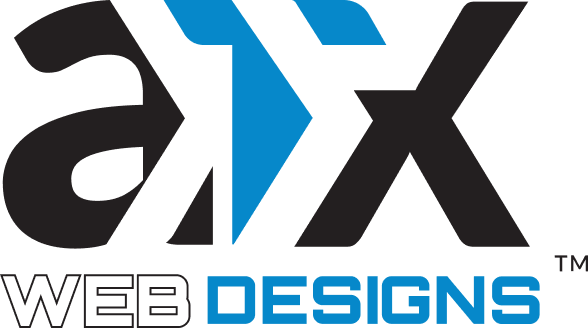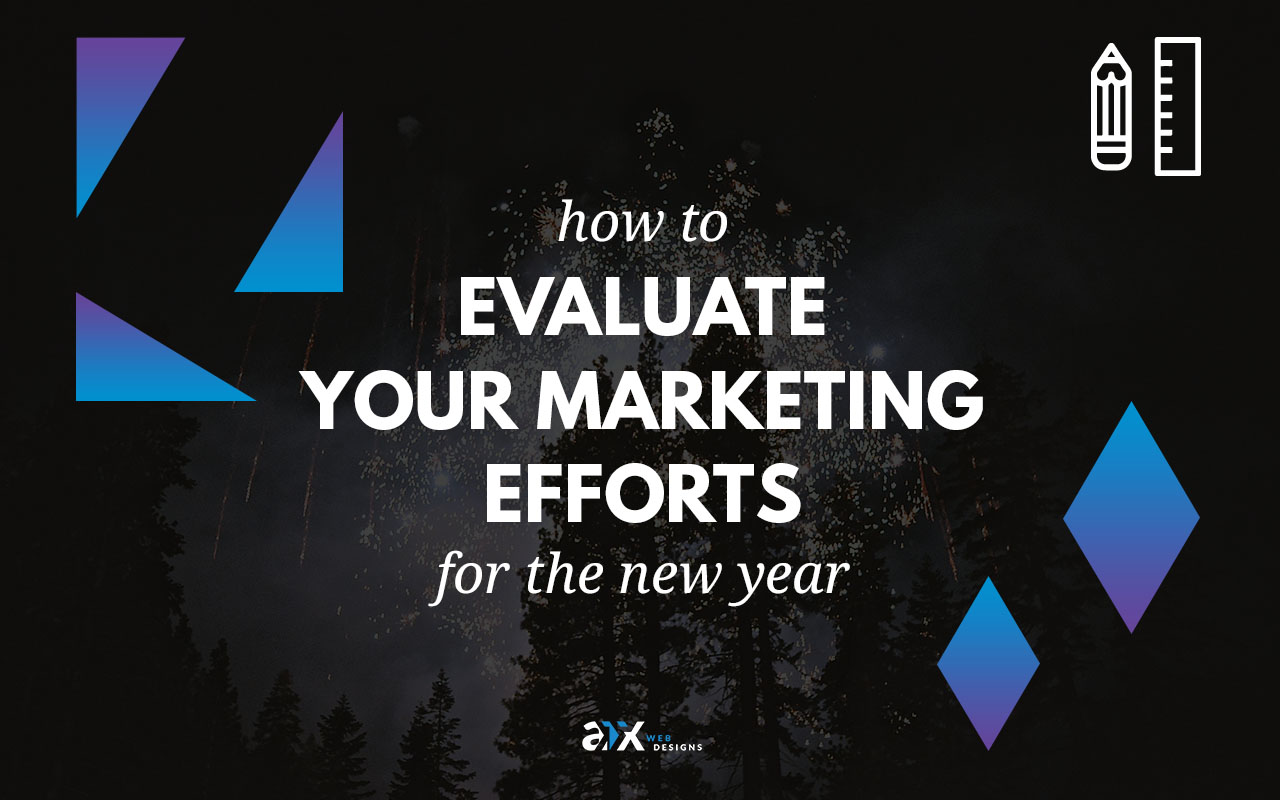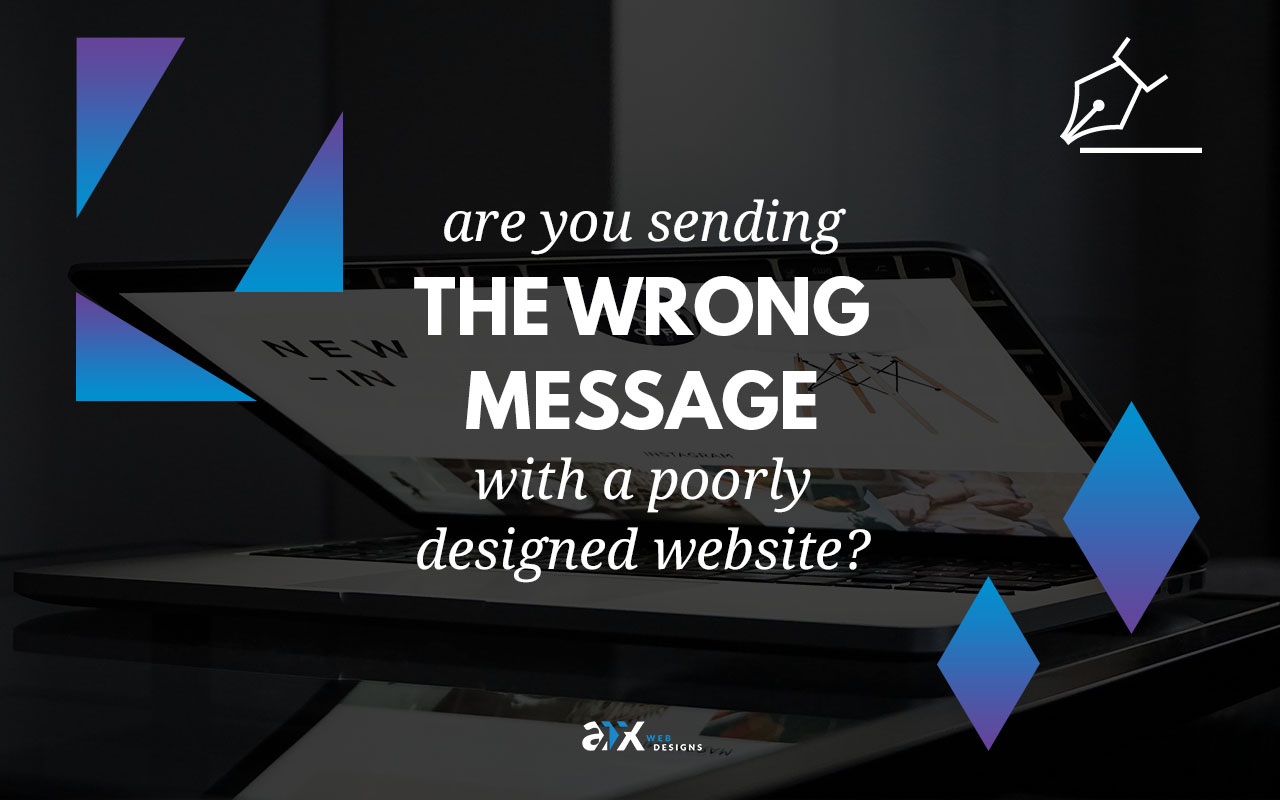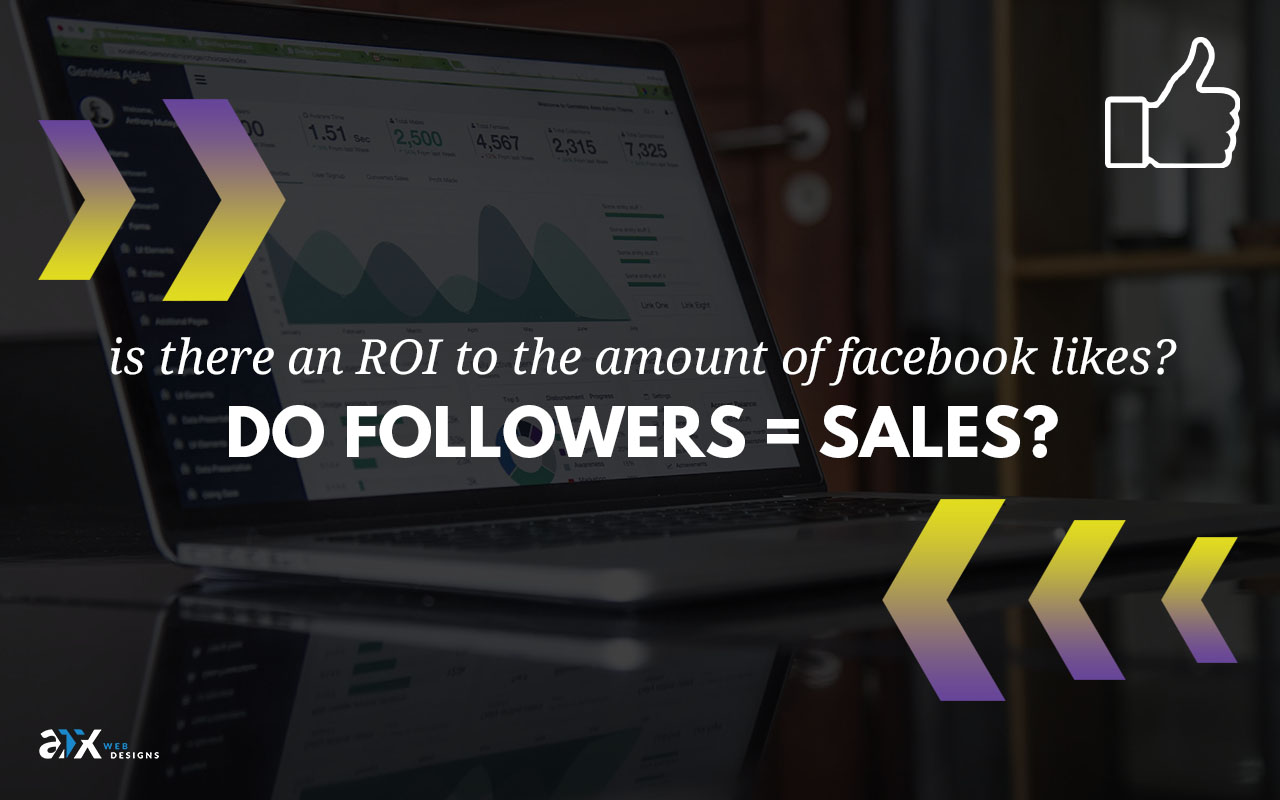The year began with a list of goals on your whiteboard. Break 1M on Twitter. Double your monthly website traffic. Hit $3M in sales. You invested in a marketing strategy designed to help you hit these goals, and now the year is coming to a close. How did you do?
It’s pretty easy to see the wildly successful campaigns and the flops, but most of your work is in between. How do you know what to budget for the coming year? How do you decide not just where to put your efforts but what exactly they should look like?
What Didn’t Work? (And What Did?)
As you plan for the new year, you want to know how to adjust your strategy for maximum results. A few things to consider:
Social Media Engagement
Find your engagement rate by totaling up all the engagements (like, comments, shares) and dividing by the total number of likes for the page. Your rate should be between 0.5 and 1%. Less than half a percent indicates you need to adjust your strategy. More than that and you’re doing great! Maybe figure out why it’s so high and see how you can keep that going—and maybe apply it to other channels.
Social Media ROI
Now take a look at how much time, energy and money went into achieving that engagement rate.
Did you make more than you spent?
Did a higher engagement rate convert to increased sales?
Non-Social Media ROI and Conversion Rate
With the other marketing campaigns you ran:
Where did your sales come from?
What was your conversion rate? Are you pleased with it?
What you were trying to achieve; what you did achieve; where you fell short
What Could Be better?
This isn’t time for strategy–yet. Look at how you performed and decide where it could be better, or maybe just where you want it to be better. Based on what you learned above from this year, choose 3 areas to improve in 2018.
- Company growth
- Profit
- ROI
- Likes, follows
- Influence
- Community
- Brand engagement
- Conversions (via social media, email, organic search traffic, etc)
- Partnerships
- Web traffic
- Keyword rankings
Compare what you wanted with you got. If you achieved your goals, great! Could you still do better? If you didn’t achieve them, could do better? Or different perhaps?
New Year, New Goals
Now that you know what went well and where you want to improve, it’s time to get ready for the year ahead.
One of the things most companies lack is an effective marketing strategy. The thing is that your market is made up of people, and people change behavior based on trends and prices and economies and your competition and so many factors and forces, both seen and unseen. You can’t possibly devise a strategy that sees into the future and accounts for all possible variations factors and circumstances. (But if you can, we want to hear from you!)
For your marketing strategy to be effective, it must also be dynamic. It must respond to changes in the market—and respond effectively. Like, you can’t just watch your market go to snapchat and then start a snapchat account. That may not be the best use of and resources. Maybe you want to start an influencer campaign instead. Maybe things are shifting to video so you should start producing video—but how long should the video be? What sort of content should be in the video?
And a million other factors to be considered and properly executed.
It’s a lot to get right, and a lot of time to invest to keep getting right. But the growth potential is enormous. Get a team working for you that understands your business, your needs and your market, and can adapt quickly to changes.
And if you’re not sure where to start, give us a call.










